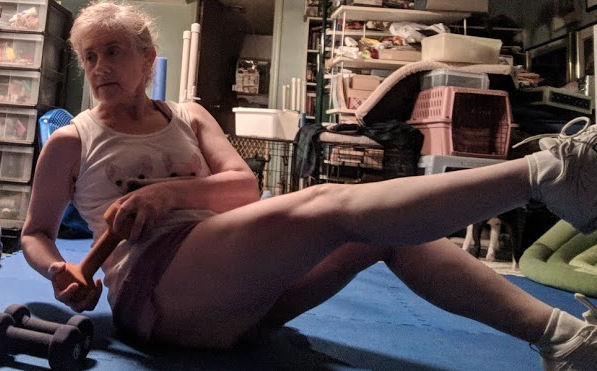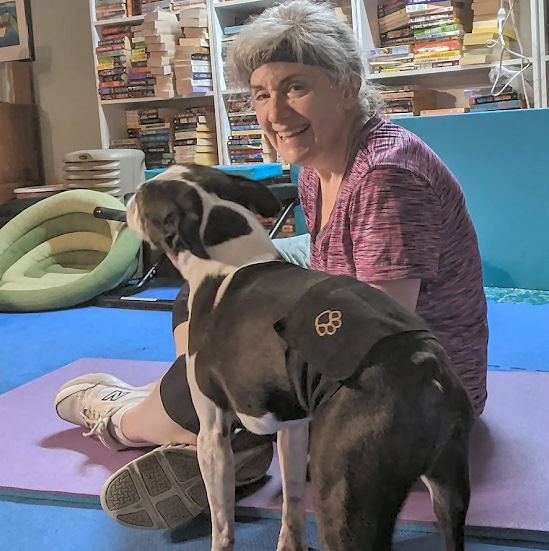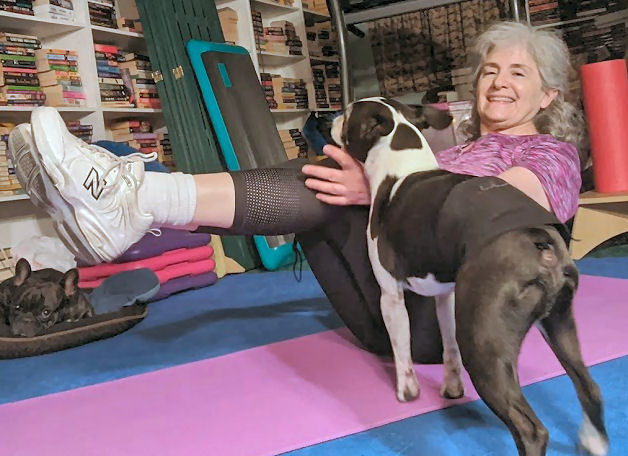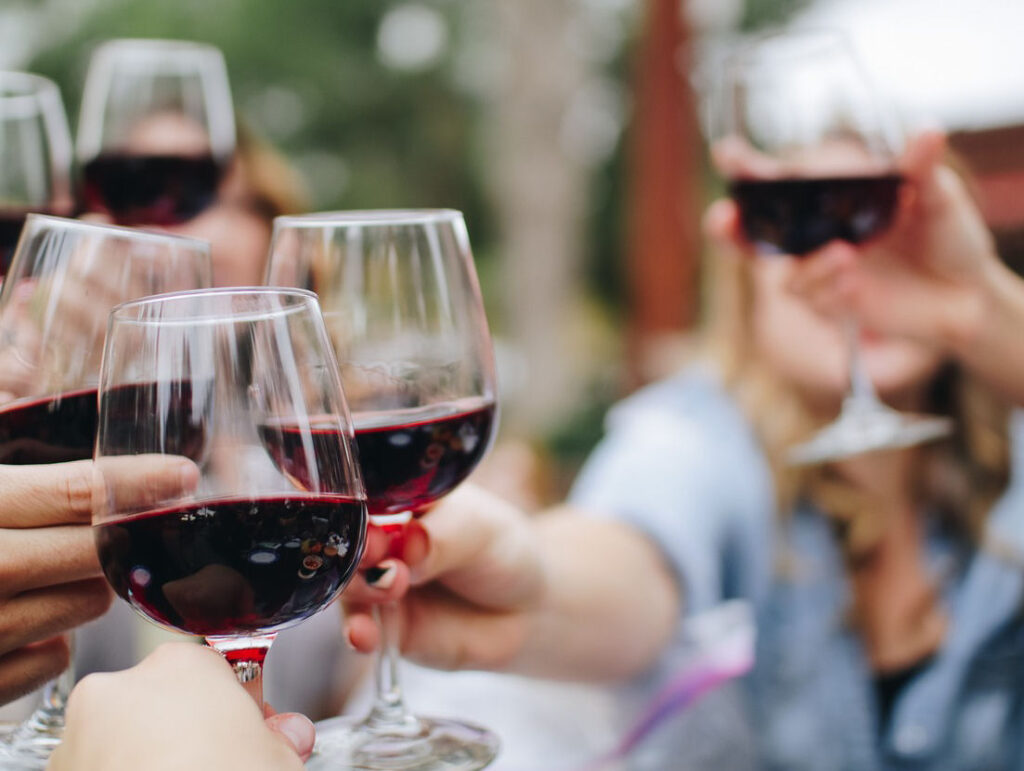In recent years we’ve heard that we need to be resilient to be able to withstand all that life throws at us, through the pandemic, political turmoil, weather extremes due to climate change. And we’ve all had this picture of someone who’s resilient: standing tall, perhaps at the edge of a cliff, arms akimbo, staring ahead with a stern expression. This person is mentally tough. She’s got what it takes to take whatever life throws at her. But, does this person have what it takes to still get things done? Is she motivated to still check things off her list? Or is she too busy fending off life’s arrows to maintain her motivation? Here’s why I think it’s not mutually exclusive to be both resilient and motivated.
Resilience defined
To be resilient you have to be able to recover quickly from adversity. You have to be able to take what life throws at you without wallowing. To pick yourself up, dust yourself off and move on to the next challenge. To be resilient and motivated, you have to not only pick yourself up and move on, but move on to a challenge that’s important to you.
Attributes of resilience equated to motivation
What does it take to be resilient? You have to know what’s inside you. To be self-aware. Know what makes you tick, and what motivates you. If your family is what’s important to you, then you’ll do whatever it takes for your family’s well-being.
Another aspect of being self-aware is to be mindful. Nurse practitioner Deborah Stamm at Advocate Good Shepherd Hospital says, “Mindfulness is the ability to purposefully bring one’s attention to experiences in the present moment without judgment.” If anyone is resilient in this world, it’s nurses. To be resilient, then, it’s not necessary to judge things that happen to us. Those things are neither good nor bad – they just are. They should not influence our future, nor should they taint the past. Accept them and move on. Life’s out there.
Go do things
We only get one life. It’s up to us to decide what we want to do with it. So, make goals that are important to you. And follow up on them. Set your intermediate goals and deadlines. Meet them. And then make more goals for your best life. You can be resilient and motivated at the same time. There’s no need to take a backseat in your life.










